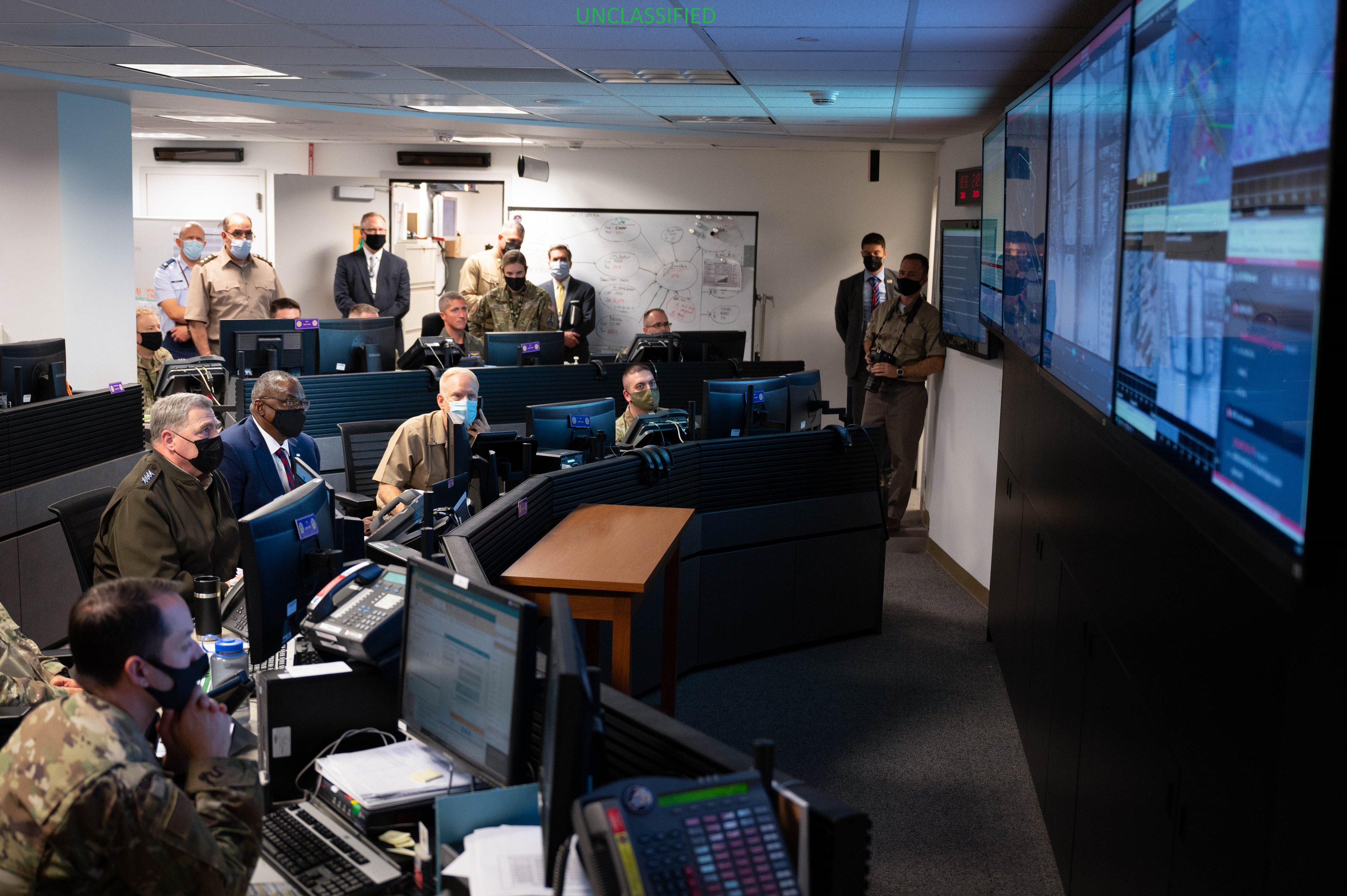DOD: Taliban Collaboration ‘Possible’ For Strikes Targeting ISIS-K

Credit: Defense Department
The Pentagon is not ruling out possible collaboration with the Taliban as it looks to target the Islamic State-Khorasan group within Afghanistan for “over-the-horizon” counterterrorism strikes with no U.S. forces in the country. The U.S. military in recent weeks worked with the Taliban in Kabul to...
Subscription Required
This content requires a subscription to one of the Aviation Week Intelligence Network (AWIN) bundles.
Schedule a demo today to find out how you can access this content and similar content related to your area of the global aviation industry.
Already an AWIN subscriber? Login
Did you know? Aviation Week has won top honors multiple times in the Jesse H. Neal National Business Journalism Awards, the business-to-business media equivalent of the Pulitzer Prizes.




